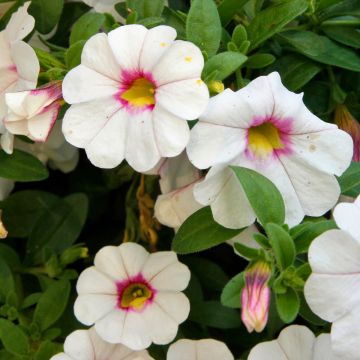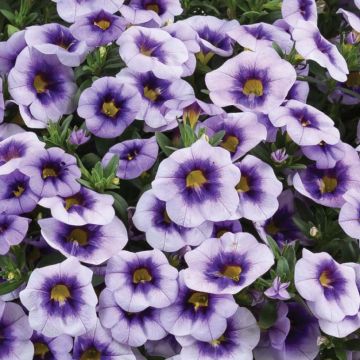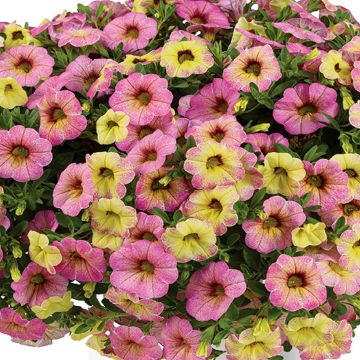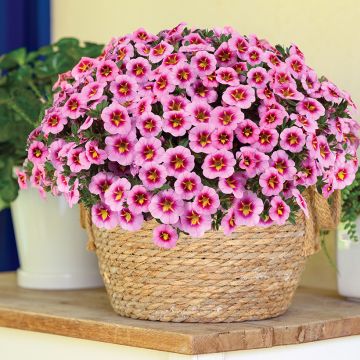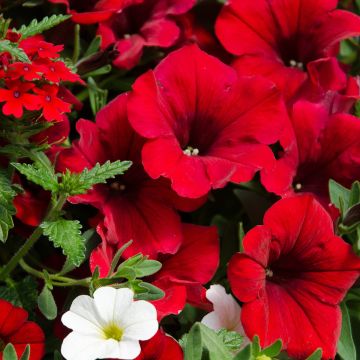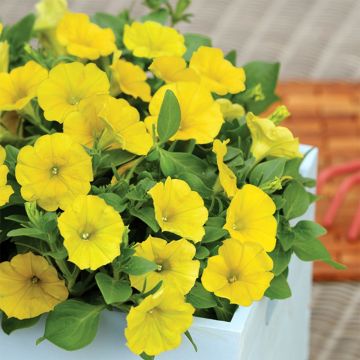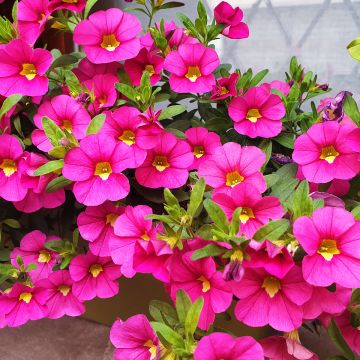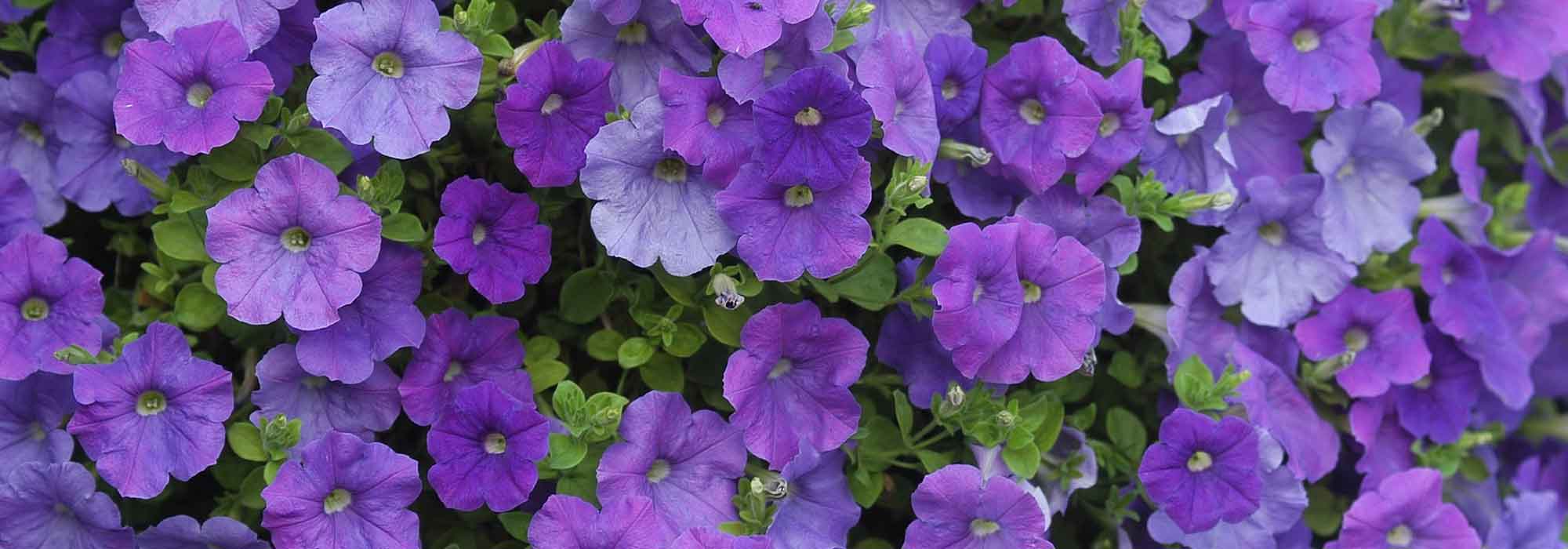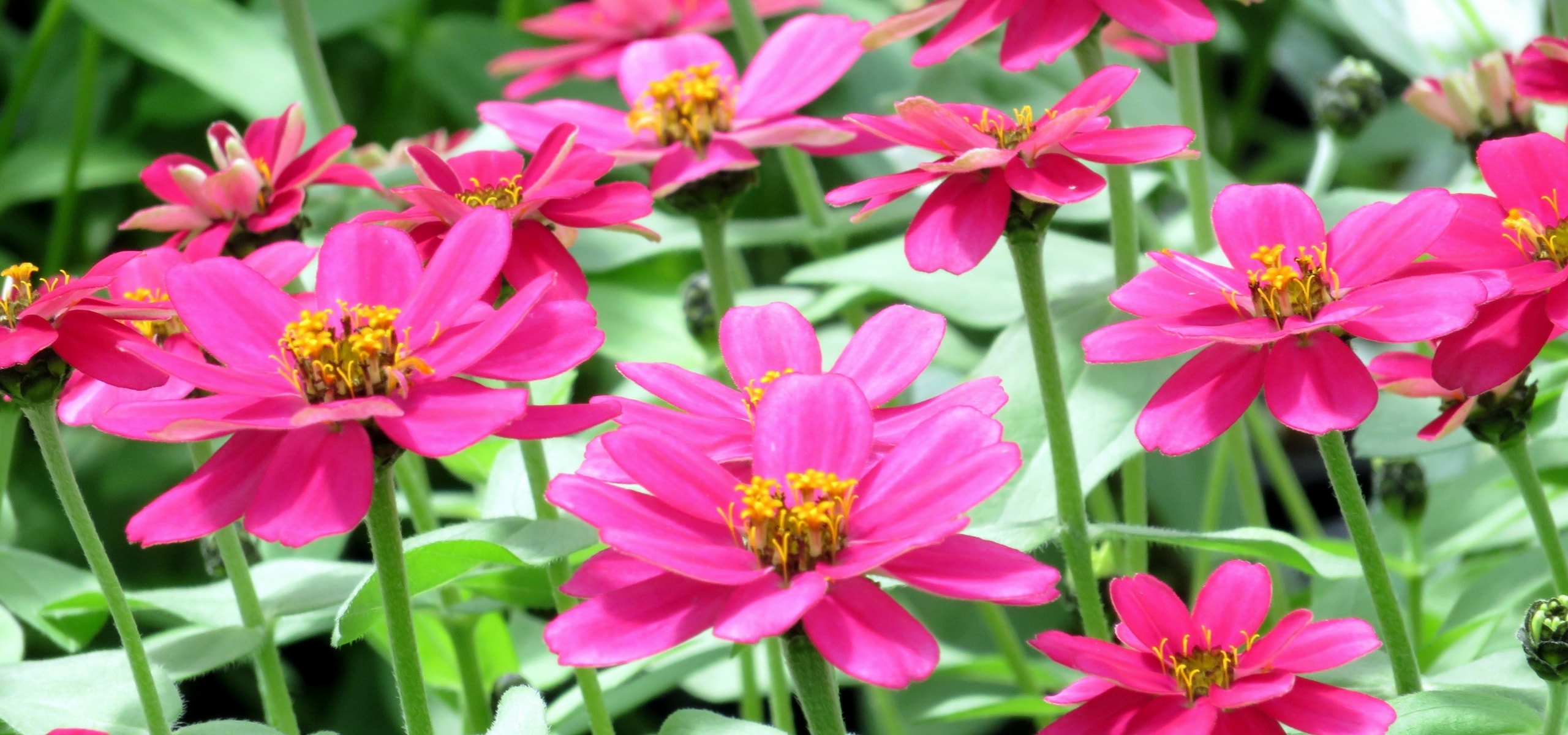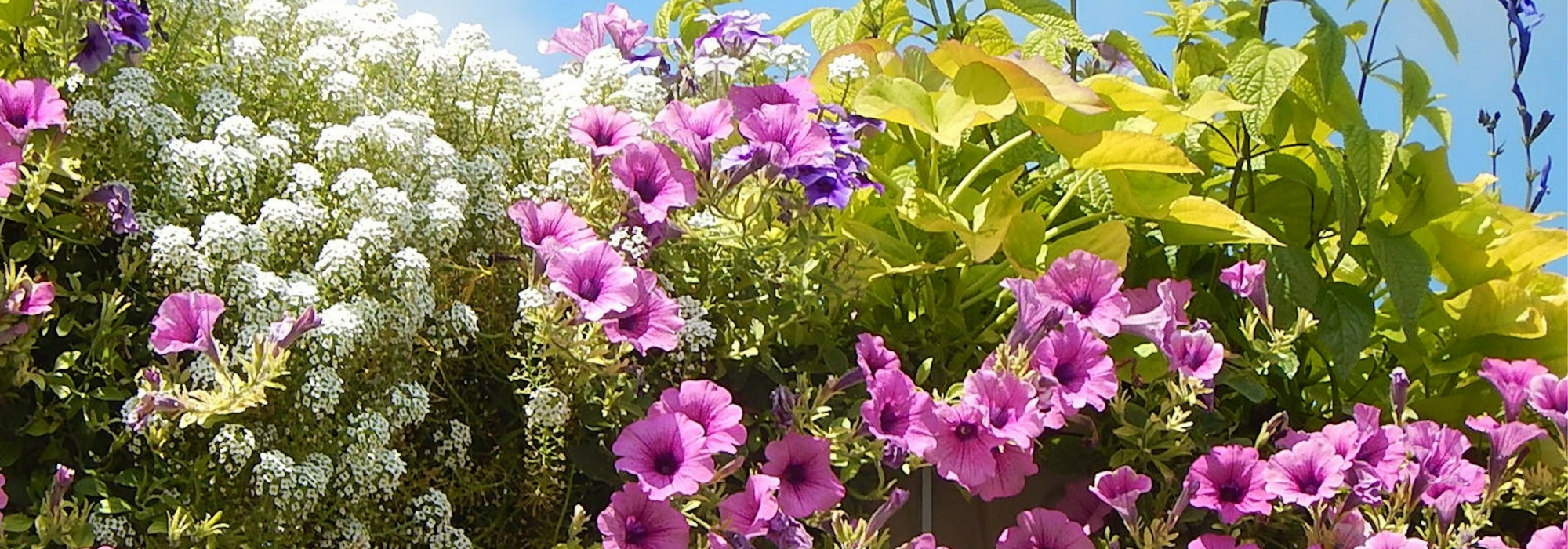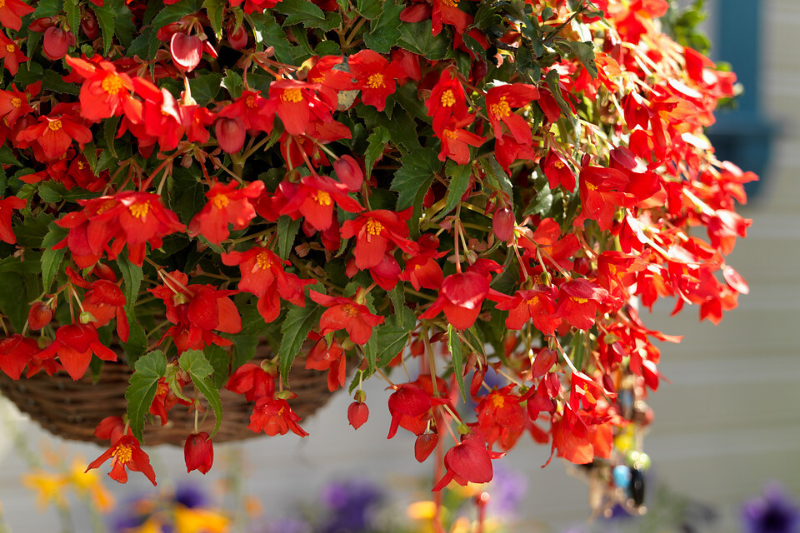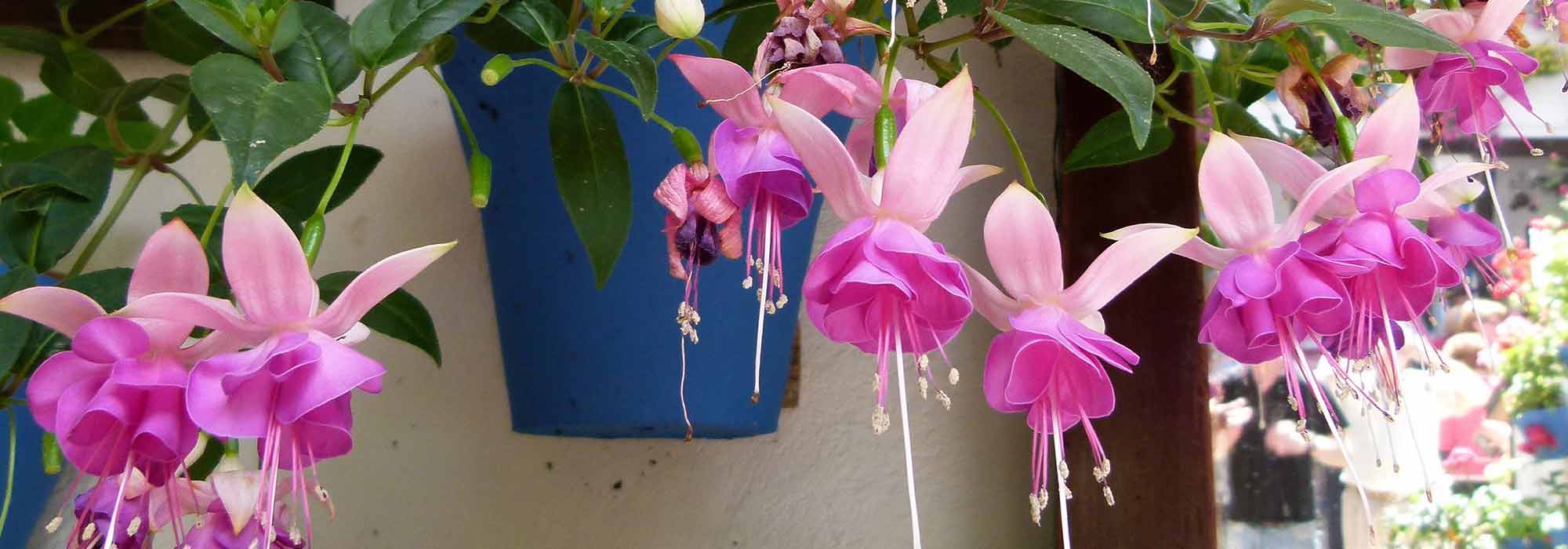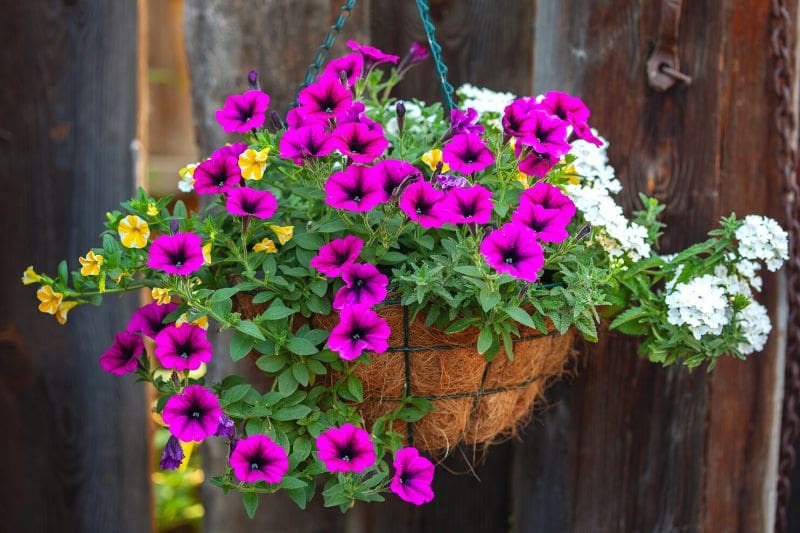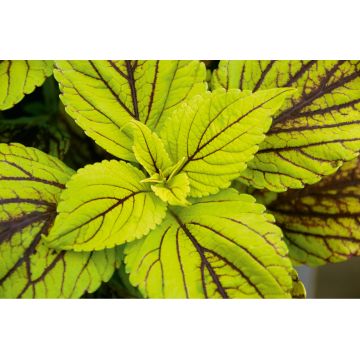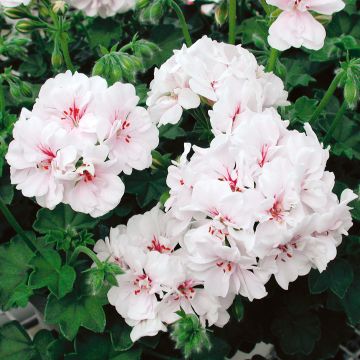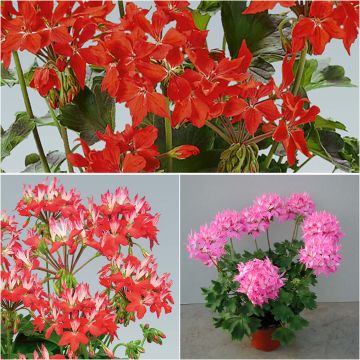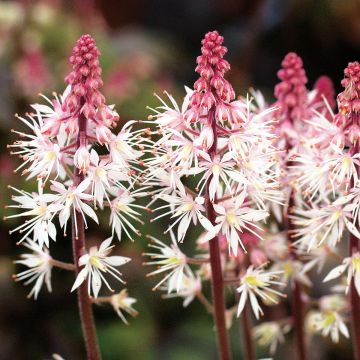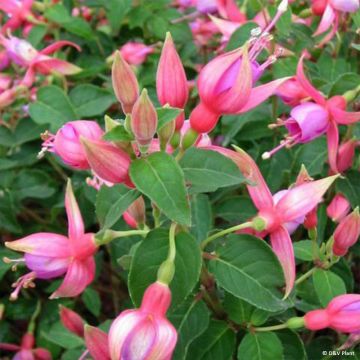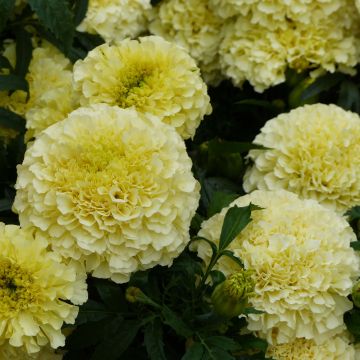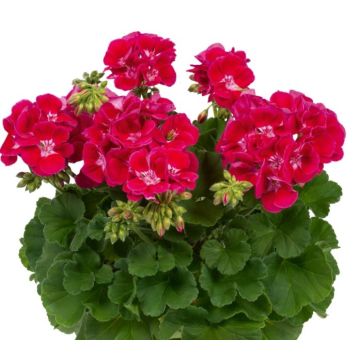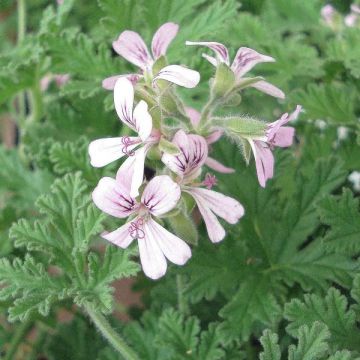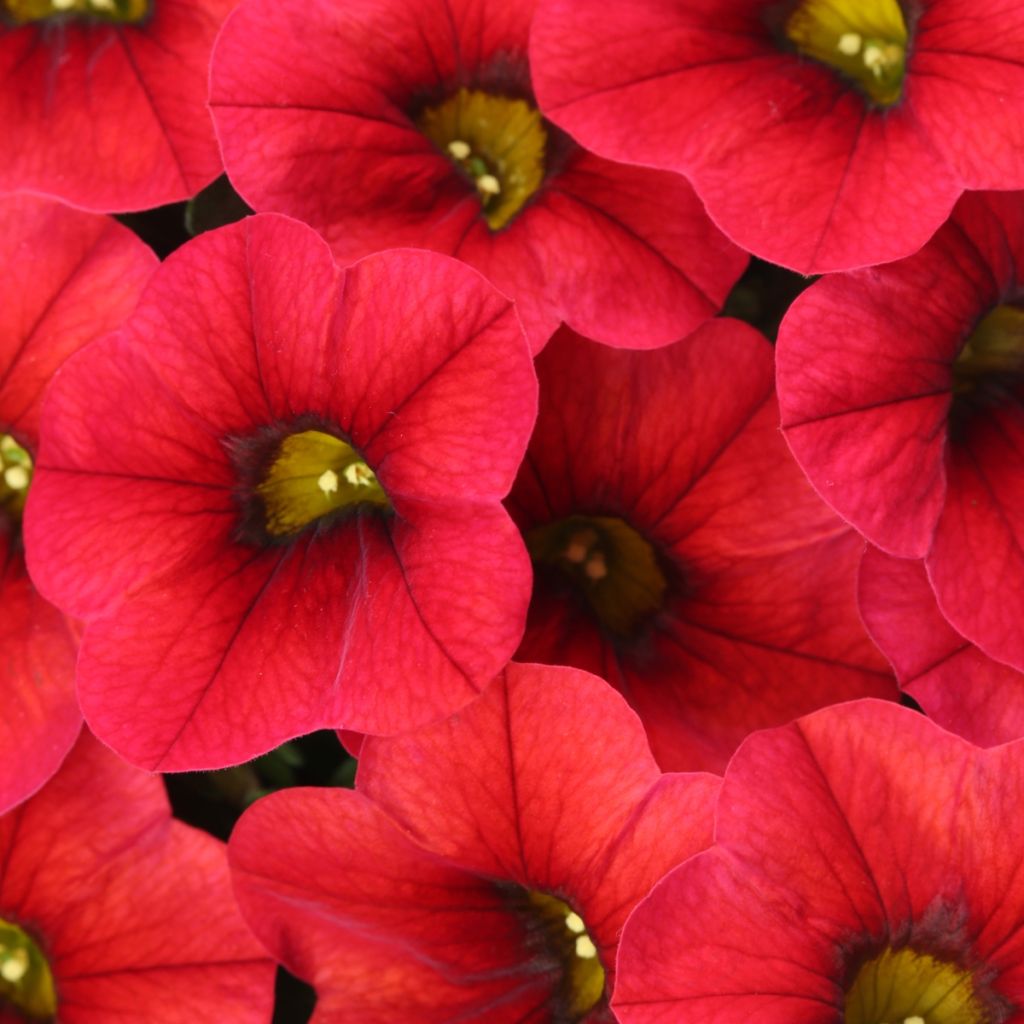

Calibrachoa Lia Dark Red - Mini-Petunia
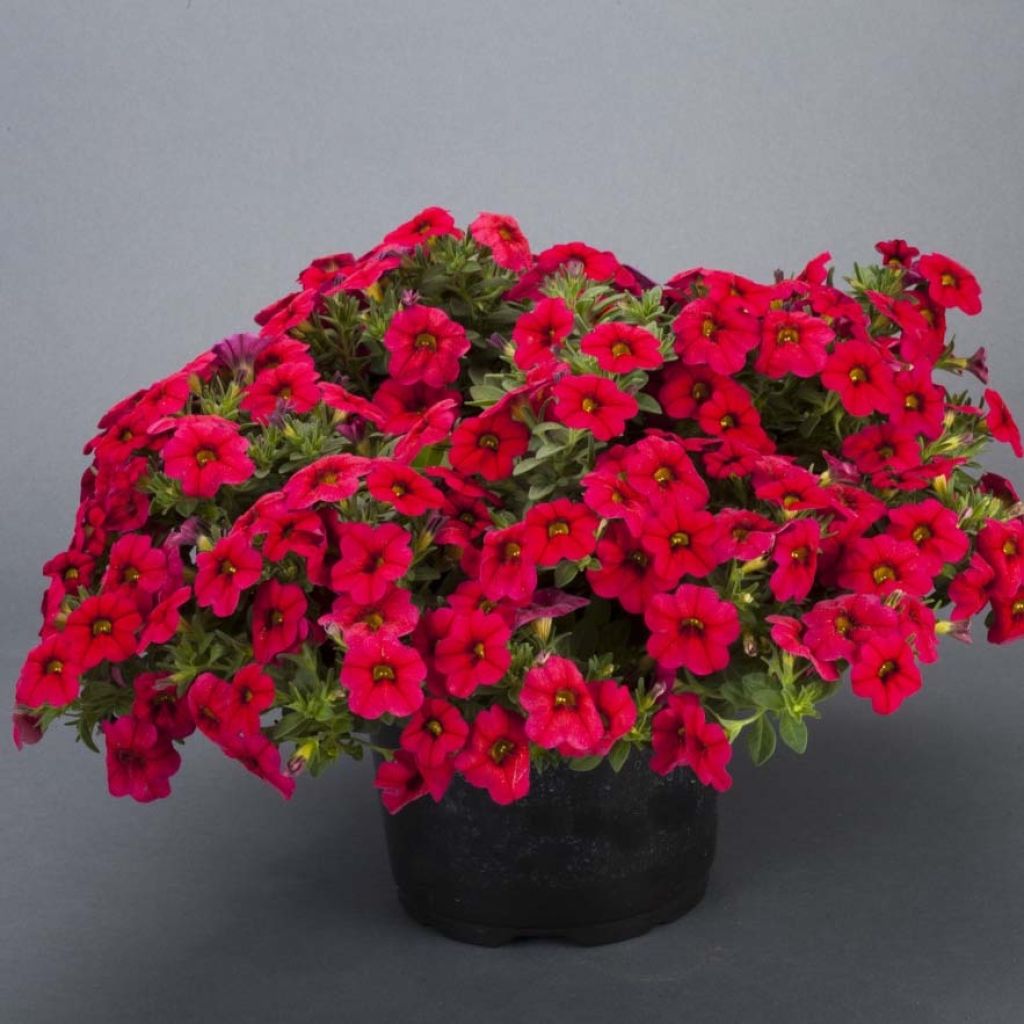

Calibrachoa Lia Dark Red - Mini-Petunia
Calibrachoa Lia Dark Red - Mini-Petunia
Calibrachoa hybrida Lia Dark Red
Mini-petunia
Gorgeous abundant and compact flowering. Intense color. Tight green foliage.
Jérôme, 12/07/2025
Special offer!
Receive a €20 voucher for any order over €90 (excluding delivery costs, credit notes, and plastic-free options)!
1- Add your favorite plants to your cart.
2- Once you have reached €90, confirm your order (you can even choose the delivery date!).
3- As soon as your order is shipped, you will receive an email containing your voucher code, valid for 3 months (90 days).
Your voucher is unique and can only be used once, for any order with a minimum value of €20, excluding delivery costs.
Can be combined with other current offers, non-divisible and non-refundable.
Why not try an alternative variety in stock?
View all →This plant carries a 6 months recovery warranty
More information
We guarantee the quality of our plants for a full growing cycle, and will replace at our expense any plant that fails to recover under normal climatic and planting conditions.

Does this plant fit my garden?
Set up your Plantfit profile →
Description
The Calibrachoa Lia Dark Red is a recent, early-flowering and floriferous variety of mini-petunia, a fantastic annual that forms pretty, round and dense clumps, covered with countless funnel-shaped flowers of a beautiful intense carmine red, illuminated by a small yellow heart, from spring until the first frosts. Adorned with small, dark green and pointed foliage, the plants happily overflow from flower pots. Not demanding in terms of water, resistant to rain and almost maintenance-free, it is an essential ornamental plant for hanging baskets or sunny borders.
Calibrachoa, sometimes called Million Bells, are tender perennial plants often grown as annuals. Very similar to Petunias, they differ in some morphological characteristics: their flowers are smaller, their growth habit is shrub-like or herbaceous with a woody stem, their development is less significant, and they are more drought-tolerant. The hybrids that make up this group all belong to the Solanaceae family (like tomatoes) and are probably descended from an Argentinian species called Petunia integrifolia. The improved 'Noa' series stands out for its early and long-lasting flowering, good resistance to bad weather, and reduced maintenance needs.
The 'Noa Red' variety quickly forms a wider than tall clump, 20 to 25 cm (8-10 in) in height and 30 to 40 cm (1 ft- 1ft 4") in diameter. Its long, flexible stems are covered along their entire length with small, lanceolate, evergreen, fuzzy, and slightly sticky leaves of a dark green colour that beautifully enhance its magenta flowers with a purple halo and a yellow centre. The tireless flowering occurs from May until the frosts. Many trumpet-shaped flowers open at the axils of the leaves; they are 3 to 4 cm (1.2-1.6 in) wide and cover the faded flowers that fall off on their own.
The Calibrachoa 'Lia Dark Red' is ideal for hanging baskets, flowerbeds, or pots, but its heat resistance, tolerance to drought, and excellent flowering performance in the rain also allow it to be used in open ground, where it forms very pretty borders and colourful carpets in sunny flowerbeds. It can be planted alone or accompanied by 2 other varieties with complementary colours (white, blue, red, or purple) in tubs, flower pots, or planters on terraces, balconies, or patios. They are also good plants for conservatories. Their combination with Verbenas, Surfinia petunias, and Nemesias is stunning. The choice is vast and allows for imagination and the taste of every gardener, even inexperienced ones.
Please note: our young plants in mini-pots are professional products intended for experienced gardeners: upon receipt, transfer and store them under cover (veranda, greenhouse, cold frame...) at a temperature above 14C° (>57.2 F) for a few weeks before planting outdoors once the risk of frosts has definitively passed.
Flowering
Foliage
Plant habit
Botanical data
Calibrachoa
hybrida
Lia Dark Red
Solanaceae
Mini-petunia
Cultivar or hybrid
Planting and care
You can plant your 'Noa Red' Calibrachoas in the ground or in pots. If you wish to plant them in the ground, wait until the last heavy frosts have passed. In the meantime, you can pre-cultivate them in a warm and bright place to accelerate their growth. Calibrachoas will flower from June to October. Plant your Calibrachoas in a sunny location protected from the wind. They need a light and humus-bearing, but above all, well-drained soil. Do not over-water them at the beginning of the growing season as they are sensitive to excessive moisture. They tolerate drought well but will need regular watering during hot summer weather. Very floriferous and fast-growing, they are hungry plants. We recommend feeding them with a liquid fertiliser for surfinias once or twice a week during the growing season. Remove faded flowers and dry leaves as they appear to keep them looking good and extend the flowering period.
Planting period
Intended location
Care
Planting & care advice
-
, onOrder confirmed
Reply from on Promesse de fleurs
Similar products
Haven't found what you were looking for?
Hardiness is the lowest winter temperature a plant can endure without suffering serious damage or even dying. However, hardiness is affected by location (a sheltered area, such as a patio), protection (winter cover) and soil type (hardiness is improved by well-drained soil).

Photo Sharing Terms & Conditions
In order to encourage gardeners to interact and share their experiences, Promesse de fleurs offers various media enabling content to be uploaded onto its Site - in particular via the ‘Photo sharing’ module.
The User agrees to refrain from:
- Posting any content that is illegal, prejudicial, insulting, racist, inciteful to hatred, revisionist, contrary to public decency, that infringes on privacy or on the privacy rights of third parties, in particular the publicity rights of persons and goods, intellectual property rights, or the right to privacy.
- Submitting content on behalf of a third party;
- Impersonate the identity of a third party and/or publish any personal information about a third party;
In general, the User undertakes to refrain from any unethical behaviour.
All Content (in particular text, comments, files, images, photos, videos, creative works, etc.), which may be subject to property or intellectual property rights, image or other private rights, shall remain the property of the User, subject to the limited rights granted by the terms of the licence granted by Promesse de fleurs as stated below. Users are at liberty to publish or not to publish such Content on the Site, notably via the ‘Photo Sharing’ facility, and accept that this Content shall be made public and freely accessible, notably on the Internet.
Users further acknowledge, undertake to have ,and guarantee that they hold all necessary rights and permissions to publish such material on the Site, in particular with regard to the legislation in force pertaining to any privacy, property, intellectual property, image, or contractual rights, or rights of any other nature. By publishing such Content on the Site, Users acknowledge accepting full liability as publishers of the Content within the meaning of the law, and grant Promesse de fleurs, free of charge, an inclusive, worldwide licence for the said Content for the entire duration of its publication, including all reproduction, representation, up/downloading, displaying, performing, transmission, and storage rights.
Users also grant permission for their name to be linked to the Content and accept that this link may not always be made available.
By engaging in posting material, Users consent to their Content becoming automatically accessible on the Internet, in particular on other sites and/or blogs and/or web pages of the Promesse de fleurs site, including in particular social pages and the Promesse de fleurs catalogue.
Users may secure the removal of entrusted content free of charge by issuing a simple request via our contact form.
The flowering period indicated on our website applies to countries and regions located in USDA zone 8 (France, the United Kingdom, Ireland, the Netherlands, etc.)
It will vary according to where you live:
- In zones 9 to 10 (Italy, Spain, Greece, etc.), flowering will occur about 2 to 4 weeks earlier.
- In zones 6 to 7 (Germany, Poland, Slovenia, and lower mountainous regions), flowering will be delayed by 2 to 3 weeks.
- In zone 5 (Central Europe, Scandinavia), blooming will be delayed by 3 to 5 weeks.
In temperate climates, pruning of spring-flowering shrubs (forsythia, spireas, etc.) should be done just after flowering.
Pruning of summer-flowering shrubs (Indian Lilac, Perovskia, etc.) can be done in winter or spring.
In cold regions as well as with frost-sensitive plants, avoid pruning too early when severe frosts may still occur.
The planting period indicated on our website applies to countries and regions located in USDA zone 8 (France, United Kingdom, Ireland, Netherlands).
It will vary according to where you live:
- In Mediterranean zones (Marseille, Madrid, Milan, etc.), autumn and winter are the best planting periods.
- In continental zones (Strasbourg, Munich, Vienna, etc.), delay planting by 2 to 3 weeks in spring and bring it forward by 2 to 4 weeks in autumn.
- In mountainous regions (the Alps, Pyrenees, Carpathians, etc.), it is best to plant in late spring (May-June) or late summer (August-September).
The harvesting period indicated on our website applies to countries and regions in USDA zone 8 (France, England, Ireland, the Netherlands).
In colder areas (Scandinavia, Poland, Austria...) fruit and vegetable harvests are likely to be delayed by 3-4 weeks.
In warmer areas (Italy, Spain, Greece, etc.), harvesting will probably take place earlier, depending on weather conditions.
The sowing periods indicated on our website apply to countries and regions within USDA Zone 8 (France, UK, Ireland, Netherlands).
In colder areas (Scandinavia, Poland, Austria...), delay any outdoor sowing by 3-4 weeks, or sow under glass.
In warmer climes (Italy, Spain, Greece, etc.), bring outdoor sowing forward by a few weeks.
































